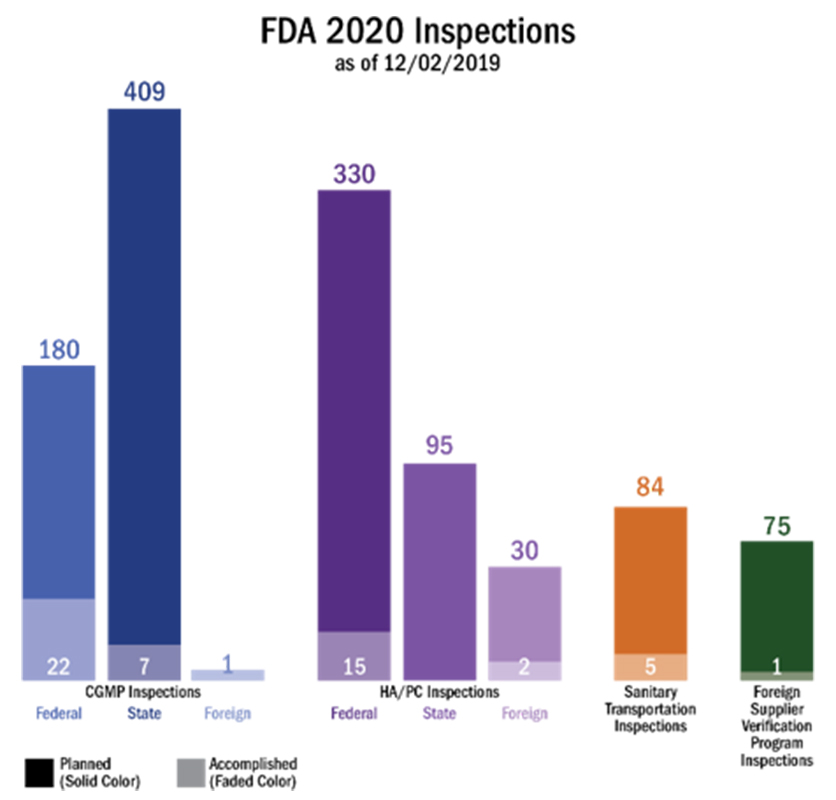It certainly is shaping up to be a busy year for the American Feed Industry Association (AFIA). At the end of 2019, our first bit of good news came when Congress passed a budget that provided the US Food and Drug Administration (FDA) funding to support efficiencies for animal food ingredient reviews.
We then began 2020 with two huge wins in trade – the China Phase 1 and the United States-Mexico-Canada Agreement (USMCA).
United States-Mexico-Canada agreement
If you are connected to American agriculture, chances are the USMCA is a high priority for you. The United States animal food manufacturing industry depends on the free-trade access it enjoys with Canada and Mexico.
In 2018, nearly 50% of United States pet food exports went to Mexico and Canada, according to Cullman.
Exports of feed ingredients, feed and pet food have more than quadrupled since the North American Free Trade Agreement’s (NAFTA) implementation, growing from roughly $669 million in 1993 to more than $3.2 billion today. In 2018, nearly 50% of United States pet food exports went to Mexico and Canada. USMCA builds on the success of NAFTA by facilitating greater market access, regulatory transparency and accountability among the three trading partners. AFIA looks forward to working with the United States government on the implementation of USMCA in 2020.
China Phase 1 agreement
The same week in early January USMCA passed Congress, President Trump signed the historic phase one economic and trade agreement with China. The United States animal food manufacturing industry faces a number of challenges in China, including those which have prevented any new United States feed additive and premix products from being exported to China since 2011 and restrictions on United States feed products with ruminant-origin ingredients, as well as a number of poultry-derived ingredients.
This agreement directly addresses these barriers by streamlining a facility registration process for feed additives, premixes and compound feed, as well as lifting the poultry and ruminant ban for animal food products – including pet food. As a result, we expect United States animal food product exports to China to boom. As part of the deal, China will be expected to purchase and import $200 billion worth of agricultural products, manufactured goods, energy resources and services from the United States between Jan. 1, 2020 and Dec. 31, 2021. Over the two-year period, China must purchase at least $32 billion in United States agricultural products, which includes pet food, animal feed, premix and ingredients.
Food Safety Modernization Act (FSMA)
The time has come. As of Sept. 17, 2019, all animal food manufacturing facilities, regardless of their size, are required to be in compliance with all parts of the FSMA animal food rule. Inspections have followed a similar phase-in to allow the industry appropriate time to implement the regulations and provide adequate training for inspectors.

Inspection findings for fiscal 2019 and plans for upcoming inspections recently became available. As of late September, inspectors conducted 626 Current Good Manufacturing Practices (CGMPs) inspections, with 51 facilities receiving Form 483s – the form used by inspectors to report observed violations. This is also the first fiscal year the agency has included Hazard Analysis and Preventive Controls (HA/PC) inspections for large-sized facilities. The FDA conducted 189 HA/PC inspections, resulting in 42 Form 483s.
The FDA attributes the high number of Form 483s to the fact that inspections were carried out at facilities with recent known food safety issues and shared that Form 483s will likely become less prevalent as more inspections occur on a broader sample of the industry. Most Form 483s were related to plant sanitation, pest control, not properly examining incoming raw materials and ingredients for suitability, unlabeled containers, and the pre-requisite program used to mitigate a hazard not being in place, properly implemented, or inadequate to control the hazard. It is important to note in the last incidence that the FDA is not stating that a preventive control needs to take its place, but instead that the pre-requisite program may just need to be followed or bolstered.
For fiscal 2020, which runs Oct. 1, 2019, through Sept. 30, 2020, the FDA plans 455 HA/PC inspections for large- and small-sized facilities and another 589 CGMP inspections across all sized facilities. Inspections at animal food facilities for the Sanitary Transportation (84 inspections) and Foreign Supplier Verification Program (75 inspections) regulations are also occurring, albeit at a much lower frequency.
Ingredient review process
As the science of animal nutrition evolves, the animal food industry works hard to research and bring new ingredients to market to improve the health and productivity of our food-producing and companion animals. Our members continue to tell us, in recent years, the lengthy ingredient review processes have hindered many of these new ingredients with the attributes to improve the safety, quality and nutrition of feed and pet food from entering the marketplace.
“As the science of animal nutrition evolves, the animal food industry works hard to research and bring new ingredients to market to improve the health and productivity of our food-producing and companion animals,” Cullman said.
This slow process and pace for ingredients to gain review and approval at the FDA and Association of American Feed Control Officials (AAFCO) has led to industry frustration. Speeding up review times has been a top priority for AFIA, and there is hope in sight! On Dec. 20, 2019, Congress passed bipartisan legislation to fund the federal government for the remainder of the 2020 fiscal year.
The 2020 fiscal year appropriations package allocated new dollars to the FDA’s Center for Veterinary Medicine (CVM) to hire additional staff specifically for reviewing new animal food ingredient submissions. The $5 million allocation from appropriators will allow the CVM to nearly double ingredient review staff, which will eventually reduce the length of review time by the agency.
Hemp regulations
The US Department of Agriculture (USDA) announced the publication of rules for hemp production in October 2019. This “interim final rule” will serve as the regulatory framework for United States hemp production until after a public comment period occurs and the permanent final rule is published. The interim rule provides licensing of hemp growers by the USDA, sets testing and sampling guidelines to protect against misidentified crops and gives hemp producers access to the same loan and risk management programs as other commodities. The rule does not comment on or approve the use of hemp, CBD or any other hemp-based products for use in animal food. Those products will still need to go through the CVM’s ingredient review process before they are legal for use or sale.
2020 elections
I can’t finish without addressing the 2020 presidential election. In addition to electing a president for the next term, thirty-five Senate seats are also in the 2020 election mix, every House seat will be before voters, and numerous state races will be on ballots.
“Election years are an important opportunity to educate candidates and incumbents on important agricultural issues before they take office,” Cullman said.
Per usual during a presidential election year, you can expect the legislative process to grind to a halt this spring, with neither party particularly anxious to give the other a political victory of any kind. As usual, much of the conversation around the election will surround gun control, healthcare and other hot button issues, but we shouldn’t discount agriculture as a key issue for candidates looking to pull more rural voters into their camps. Election years are an important opportunity to educate candidates and incumbents on important agricultural issues before they take office. I encourage you to interact with as many candidates as you can.
2019 brought great success in our mission to engage on issues affecting the animal food industry. 2020 looks to be just as busy and exciting as we build on the hard-earned successes of last year.
Constance Cullman is the president and chief executive officer of the American Feed Industry Association.
Read more news from associations and agencies in the pet food business.





